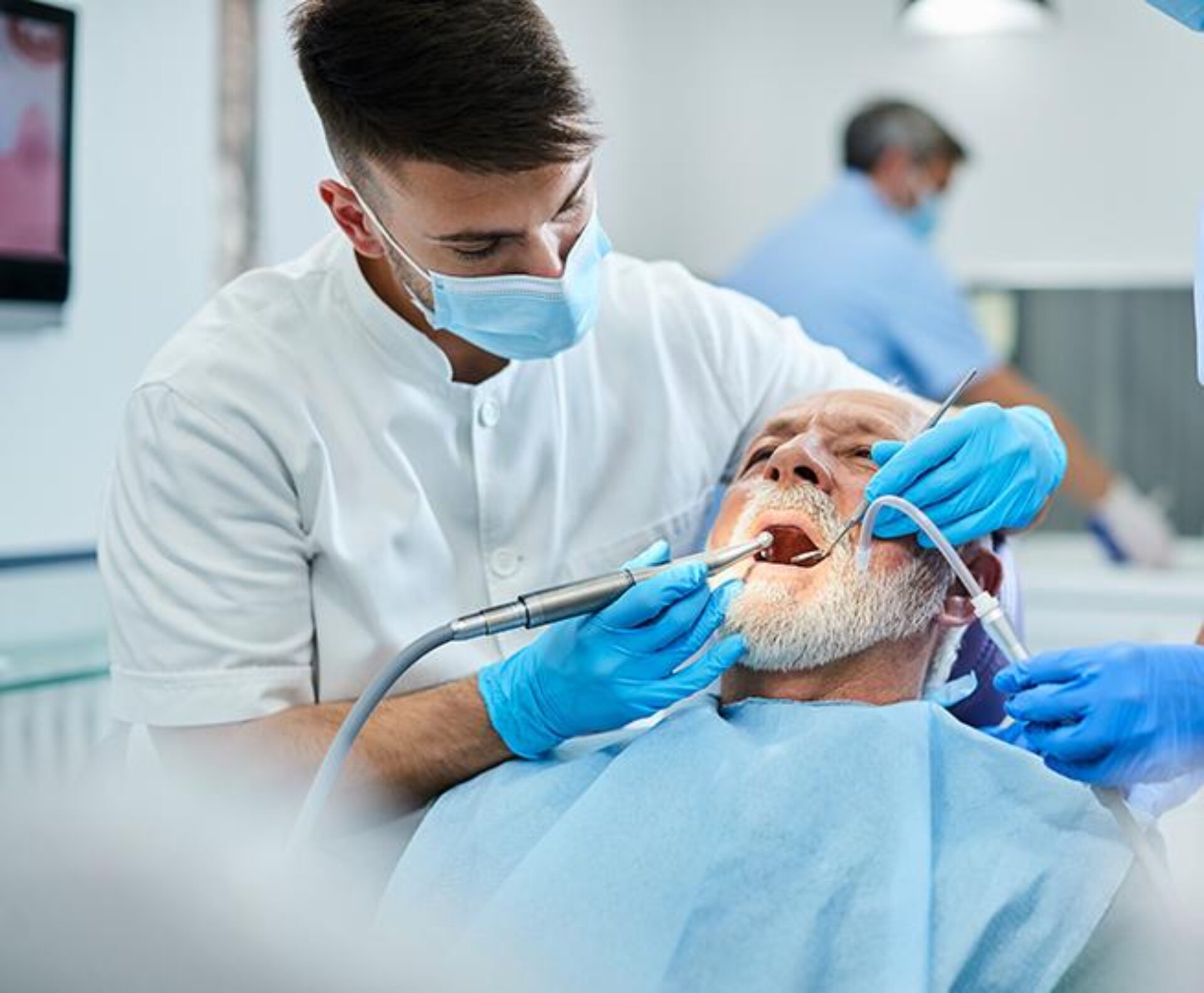Accessing dentists and dental treatment on the NHS paints a bleak picture. According to the British Dental Association (BDA), government spending on dental practices in England has been cut by more than a third over the past decade; there are large swathes of the UK where dentists are not accepting new patients; tooth decay rates are being seen in more than 4 out of 5 dentists; and cases of patients doing “DIY dentistry” is on the rise.
A report in the Guardian identified that tooth decay is the biggest primary cause of NHS hospital admissions for children in England aged between five and 17, as 40% of children no longer have access to regular dental appointments. Between April 2022 and May 2023, 30,000 children and more than 70,000 adults in England were admitted to A&E with tooth decay. The knock-on impact of poor oral hygiene is being felt by other front line healthcare professionals, with GPs also seeing a huge rise in dental cases – despite them not being trained to deal with dental problems.
The pandemic prompted more than 2,000 dentists to leave the profession, causing the number of available NHS dentists to fall to its lowest level in a decade. There is evidence to suggest that the £3bn dental budget has failed keep pace with both inflation, and population growth, which is severely impacting patient treatment, as well as contributing to the mental health issues such as burnout more than 87% of dentists have suffered according to the BMA.
In the recent change in government, Labour’s manifesto stated that in immediate response to the crisis they will create a rescue plan to provide 700,000 urgent dental appointments, and recruit more dentists to areas which need them most. There have been discussions around introducing measures to make it easier to recruit dentists from overseas in a bid to ease recruitment challenges.
Looking for expert support with your recruitment needs?
Compass Associates offer award-winning recruitment services for the Independent Health, Care and Education Sectors. With a proven track record across high-volume projects, strategic hires, team mobilisations, and sensitive transitions such as business sales or listings, we tailor our approach to your unique goals. Register your vacancy or read our case studies to discover how Compass Associates can support your success.
Looking for your next role within Healthcare?
You can check out all the current vacancies we have available via our jobs page.
